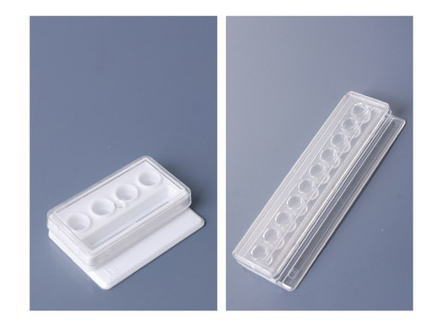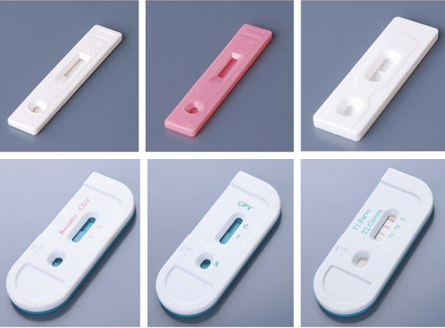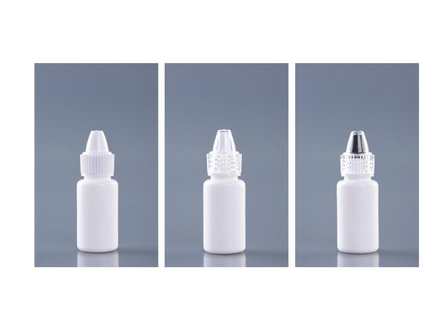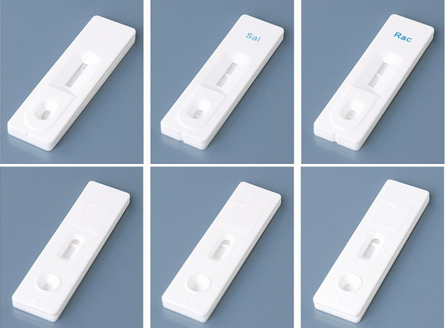
 Card box
Card boxThe card boxes produced by Xingyuan Plast...
 Gold Label Card Board
Gold Label Card BoardThe gold standard card board is an instru...
 Flip over drip bottle
Flip over drip bottleFlip over drip bottles are all made of LD...
 Gold Label Card Case
Gold Label Card CaseOur gold label card cases come in a wide ...
FAX:+86-317-4052076
Email:[email protected]
Web:2meiwang.cn
Address:Du Sheng Xiang Xiao Liu Village, Cang County, Cangzhou City, Hebei Province
Current Location:HOME > NEWS > Company dynamics >
NEWSPrecautions for using laboratory reagent bottles
Glass bottles containing reagents, whether colorless or brown; Wide mouth and narrow mouth; There are various types of grinding, no grinding, etc. Wide mouthed bottles are used to hold solid reagents, while narrow mouthed bottles are used to hold liquid reagents; Brown bottles are used for light proof reagents, while ground stoppered bottles can prevent moisture absorption and concentration changes. Reagent bottles are not heat-resistant
Below, let's explain the precautions for using reagent bottles in the laboratory:(1) There is a stopper
Reagent BottlesWhen not in use, a paper strip should be sandwiched between the cork and the frosted surface of the bottle mouth to prevent adhesion. As mentioned earlier, all reagent bottles cannot be used for heating.(2) The general principle for selecting the required reagent bottles based on the physical and chemical properties of the containing reagents is: use a wide mouthed bottle to hold solid reagents, use a fine mouthed bottle to hold liquid reagents, use a brown bottle to hold reagents that are prone to decomposition or deterioration when exposed to light, use a frosted glass reagent bottle to hold low boiling and volatile reagents, and use a rubber stopper reagent bottle to hold alkaline reagents, etc." When there are multiple physical and chemical indicators mentioned above, a suitable reagent bottle can be selected based on the above principles.
(3) Some reagents, such as hydrofluoric acid, cannot be packaged in any glass reagent bottle and should be packaged in plastic bottles.
Container glass instruments, in addition to the above-mentioned types, there are also various types of bottles available for selection, such as two necked bottles, three necked bottles, four necked bottles, and lower necked bottles (also known as bottles), depending on the different requirements for liquid retrieval and storage.
next:Characteristics of reagent bottles
